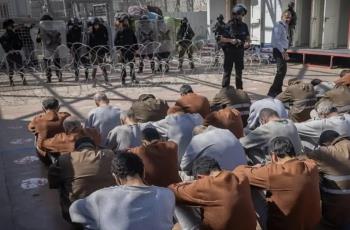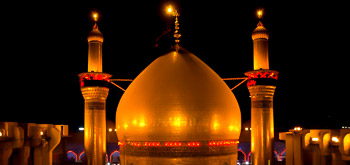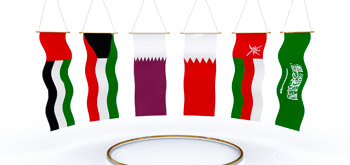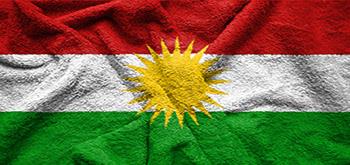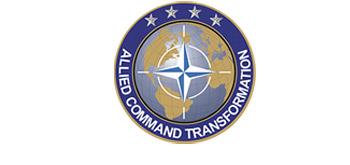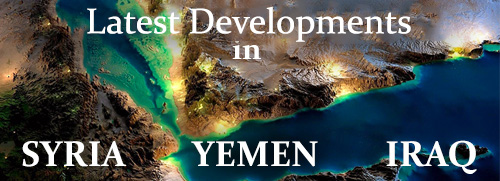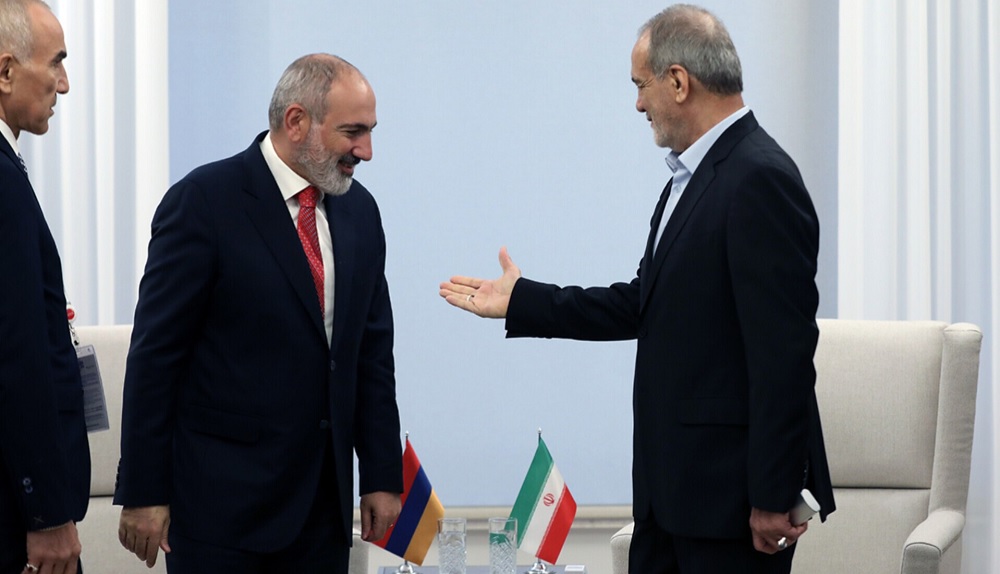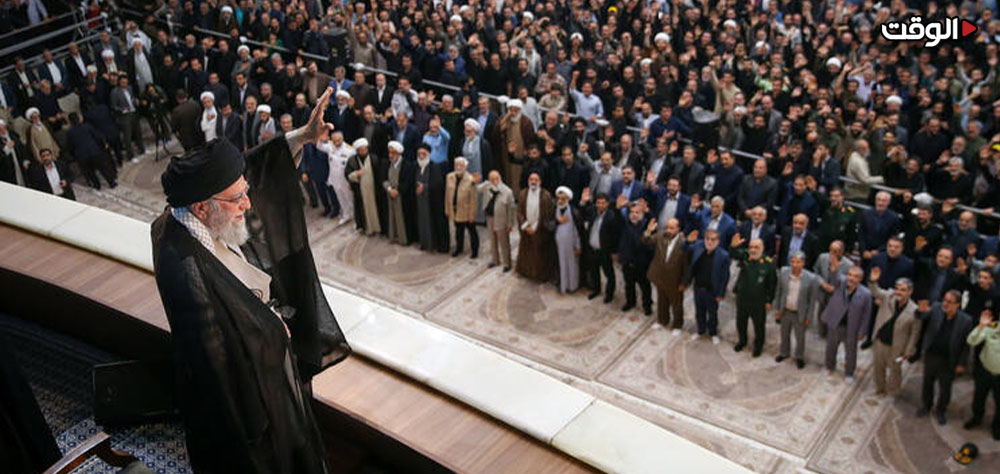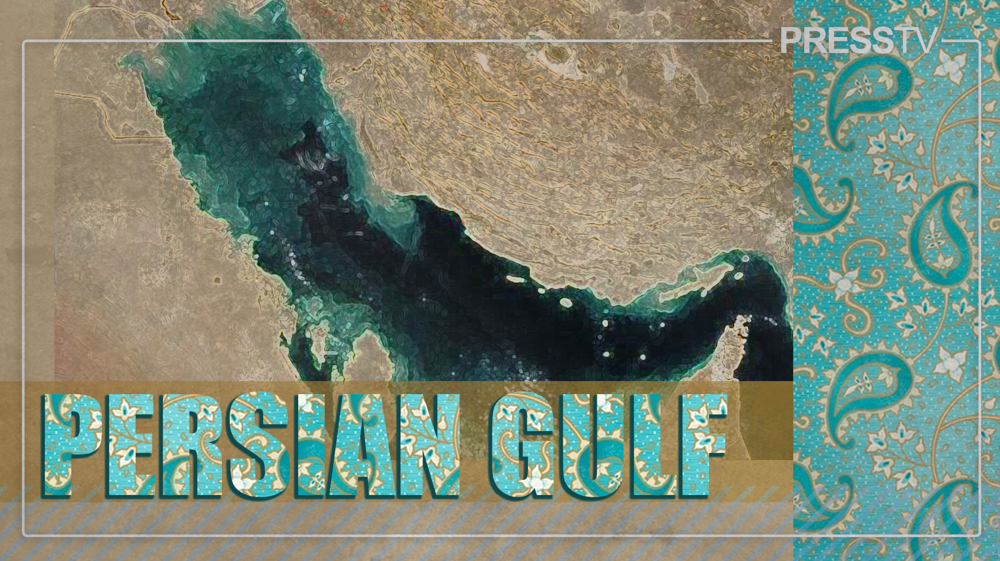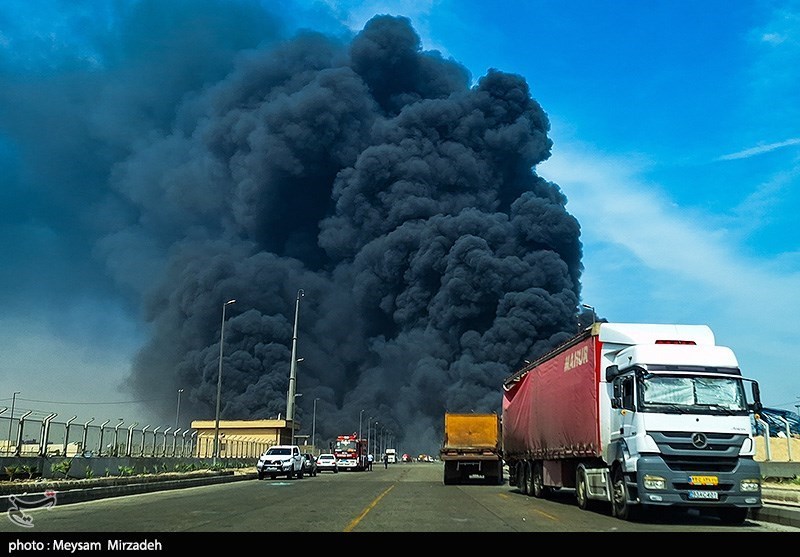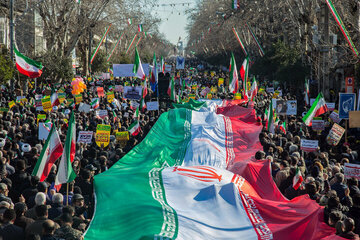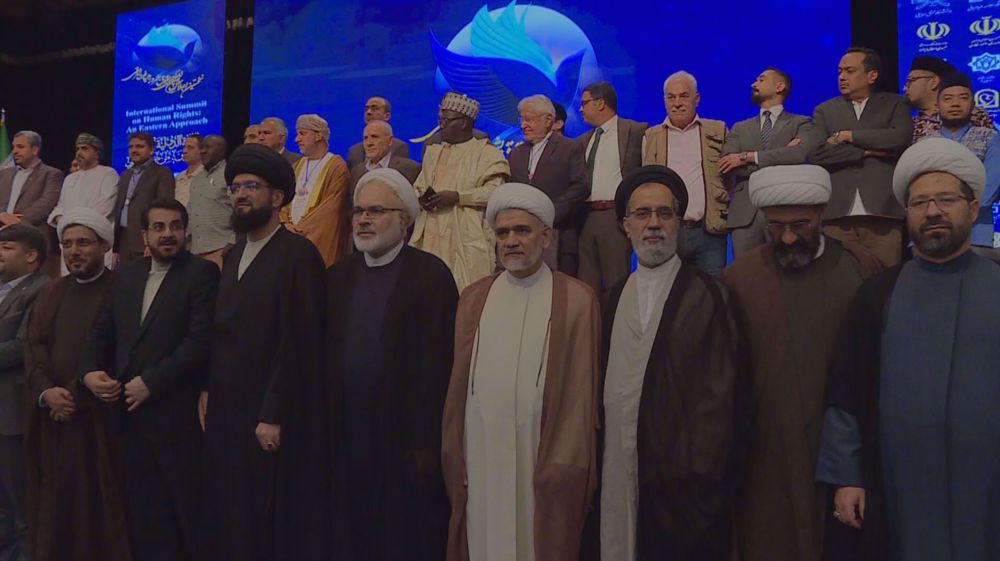Alwaght- Exactly 10 days after Armenia and Azerbaijan signed a US-brokered peace deal at the White House, Iran's President Masoud Pezeshkian flew to Yerevan to meet with the Armenian officials. As the Iranian president said, the two sides will discuss corridors.
"We will discuss the North-South Corridor. Regarding the East-West route, it will naturally be a suitable platform for us to expand the trade route from East to West along this route," Pezeshkian was quoted as saying before his official visit.
Many observers suggest that at a time the recent Zangezur Corridor agreement mediated by the US and personally Donald Trump has raised concerns about Iran's northern borders, this visit is highly significant and will substantially influence establishing Iran's position in Caucasus region.
Clarification on a challenging corridor
It seems that one of the main drivers for Pezeshkian’s visit to Yerevan is discussing the peace agreement and consequently the construction of a transit corridor that has been dubbed Trump Route for International Peace and Prosperity (TRIPP) due to the US president's mediation for its deal. Iran is concerned that this route will in a way or another have the function of the disputed Zangezur Corridor that through changes to the region's geopolitics undermines Iran's transit route to Europe, damages Iran's influence in Caucasus, and establishes presence of trans-regional actors on the Iranian borders, three of which are Iran's red lines. So hearing clarifications on this agreement from Armenia and also expressing clear Iranian stances by the president as the second highest official after the Leader will considerably help addressing the Iranian reservations in any Caucasus agreement and treaty.
In fact, it should be kept in mind that what is important is that changes to the borders and geopolitics of the region and the presence of foreign forces are Iran's red lines, and the Islamic Republic will definitely not tolerate its red lines being violated under any title or name.
Therefore, Pezeshkian's Armenia visit shows that Iran's determination to maintain its position in the Caucasus and confront threatening movements is serious. On the other hand, Iran has always been a staunch supporter of stability in Armenia, and without a doubt, Tehran will not allow Iran's land connections and access to Armenia's northern borders to be challenged or obstructed.
Iran-Armenia historical relations
Iran-Armenia relations historically are among the oldest and the longest in the region. The date back to about 3,000 years ago and Armenian history cannot be studied without familiarity with Iranian history.
According to historical documents, the Armenian nation and the history of the Armenian land are most closely related to the Iranians, to the extent that this land is the meeting place of the great religions and cultures of the past and present of the world, that is, culture and civilization of East and West. The presence of Iranian culture, the influence of Persian language and literature, and the presence of 1,400 Persian words in the Armenian language and literature cannot be ignored and indicate a common culture and civilization with a long historical background.
Economic bonds of Tehran and Yerevan
Facilitation of the private sector's business and acceleration of implementation of the economic and trade agreements between the two countries are among the agenda of the Iranian president in Armenia. Due to common borders, good neighborliness, and connected transit routes, Iran and Armenia have a high capacity for trade ties. Common border markets and trade terminals are examples of connection points in these relations.
The most important export items from Iran to Armenia include oil, gas and petroleum products, iron ingots, plastic and plastic products, bitumen, construction materials, dates, saffron, dried fruits, clothing, carpets and chemical products.
On the other side, the main products imported by Iran from Armenia include electricity, copper ore, tobacco, some minerals and precious metals.
In addition to trade in goods, Iran and Armenia have had important cooperation in the fields of infrastructure and energy, including the construction of gas pipelines and electricity transmission lines and joint power plants. This cooperation and the development of the North-South Transport Corridor have increased transit capacity and mutual production and facilitated exports and imports.
Forming specialized task groups, signing transportation and housing MoUs, and discussions by ministers from the two countries have been recent moves to facilitate deeper partnership, with the ultimate aim being realization of $3 billion trade and upgrading Iran and Armenia position in international routes, especially Iran's role as a transit hub.
Realization of $3 billion trade target in addition to facilitating bilateral business will lead to establishing regional relations, developing the infrastructures, and expanding strategic cooperation. Given the growing Iranian exports, agricultural and industrial capacities, and concentration of the governments on facilitation of the agreements and settlement of tariff and logistics issues, the outlook for realization of this aim looks realistic and optimistic.
This achievement not only provides a new way for Iranian exports, but also boosts Iran's role in Caucasus and Eurasia economic equations.


